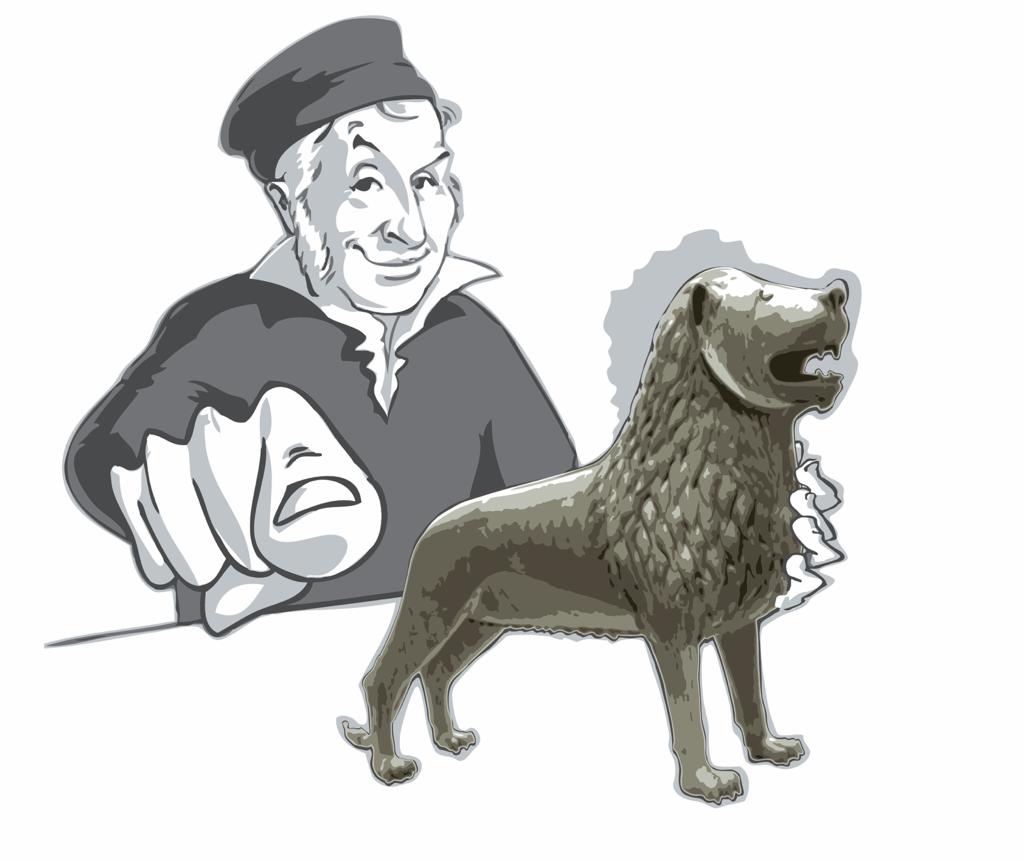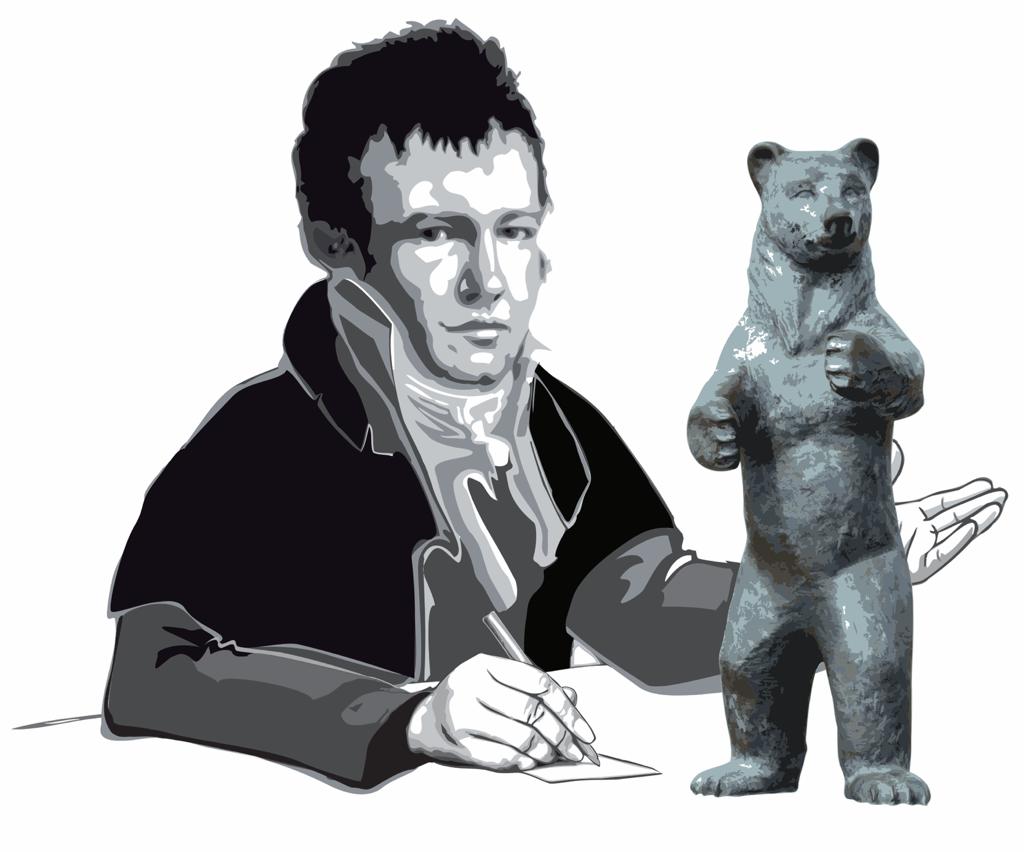Gauss-Telegraph: World trip from home in 30 days – São Paulo
by Vicente Regattieri

Sé de São Paulo
My impression of São Paulo
São Paulo is the most populous city in America. It is located in the southeast of Brazil and it is the country’s economic and cultural center. Countless cars and skyscrapers shape the cityscape, but the architecture is diverse and the city has a huge range of cultural programs, especially because it brings together different subcultures. More than 70 countries and several groups of indigenous people have contributed to the history, culture, and cuisine of the city.

Museu de arte de São Paulo (MASP) – Art museum of São Paulo
Most important sights
Praça da Sé is a historic square, where the cathedral and the zero point of the city are. The cathedral has marble details and figures that weigh a total of 800 tons and the zero point is the geographic center of the city from which all measurements and numberings start: streets, house numbers, etc. The most famous and important street in São Paulo is Avenida Paulista. It is the city’s financial and cultural center. The street is closed to cars on Sundays and it is used by hundreds of people for walking and cycling. There is MASP located, the São Paulo Art Museum, one of the most important cultural institutions in Brazil with works of art from all over the world. Also interesting in the city is the Rock Gallery, a building with 450 shops with a focus on music (especially rock, heavy metal, and hip hop), clothing stores, hair salons (Afro Style) and some bars. If you want some peace from the hustle and bustle of the big city, then the Botanical Garden is the place to go. Around 380 animal and plant species can be seen in an area of 360,000 m².

Estação da Luz
Best museums in the city
São Paulo offers a wide range of museums. The Immigration Museum, for example, shows the story of various groups from all over the world who immigrated to Brazil. The Football Museum has a very technological and interactive program that tells the story of this sport and its development and influence in Brazil. The Museum of the Portuguese Language is dedicated to the development of language, its variations around the world, and various historical and anthropological aspects of languages. It is also located in the building called Estação da Luz (Light Station), an important train station in the city built in 1901. Finally, the Zoological Museum of the University of São Paulo has interesting exhibitions on topics such as evolution, ecology, and natural history.

Bauru (Brazilian Roast Beef Sandwich) © Huffington Post
Favorite regional dish
The food, like the city, is cosmopolitan. You can just find everything. But if you are interested in gastronomy, you have to visit the municipal market (Mercado Municipal de São Paulo). Approximately 350 tons of food are bought every day: fruits and vegetables from all over the world, snacks, and special ingredients. The traditional and most beloved dishes from the city can also be found there and they have simple ingredients and preparation, but the combinations and tastes are unique. Bauru is made from bread rolls, a mixture of melted cheeses, tomatoes, cucumbers, and roast beef. The salty, fried pastries sold on street markets are recognized not only as food but also as part of culture and lifestyle, in São Paulo and all over Brazil.
Note: Due to the spread of the coronavirus, we don’t recommend to travel until the all restrictions have been lifted.



You must be logged in to post a comment.